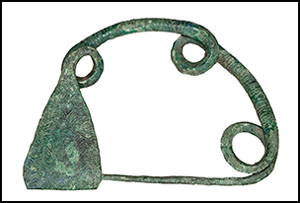Introduction
Since the spectacular but poorly documented grave finds from the late nineteenth and early twentieth century (Pare Reference Pare1998), our knowledge concerning Late Bronze and Early Iron Age (1200–500 BC) burial practices in the region of Bosnia has barely improved. Previous finds suggest that the mountainous area of the Dinaric Alps in the western Balkans was one of the few regions where cremation was rejected as a burial rite during the expansion of the Urnfield phenomenon in Bronze Age Europe (1400–900 BC) (Cavazutti et al. Reference Cavazutti2022). Further evidence regarding the location and layout of the cemeteries, as well as their grave architecture, mortuary practices and biological anthropology, however, were not available due to insufficient research. Conversely, the investigation of the settlements in Bosnia has revealed a dense network of well-organised hilltop sites, with a repertoire of finds signifying continuous occupation from the Late Bronze (c. 1200 BC) to the end of the Iron Age (c. 100 BC) (Čović Reference Čović and Benac1974). This is particularly true for the area of central Bosnia that is characterised by valleys and basins of rivers such as the Bosna, Vrbas and Lašva, and by a number of fortified hilltop settlements located on strategic spots that afforded control over the surrounding landscape (Čović Reference Čović and Benac1987; Gavranović et al. Reference Gavranović, Cogo, Bujak and Petschko2021) (Figure 1).
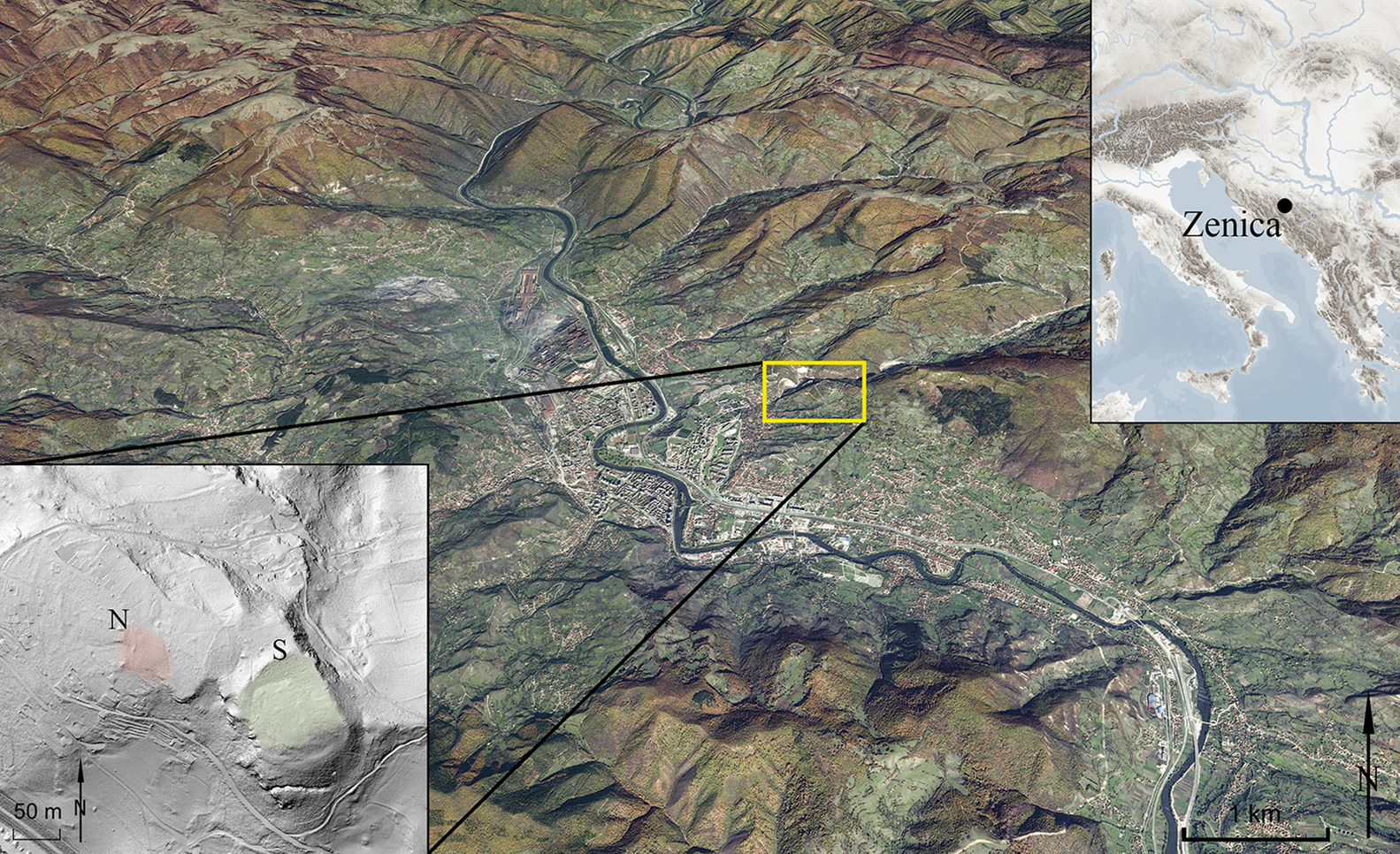
Figure 1. Location of the Zenica Basin, and (bottom left inset) the Kopilo cemetery (N) and settlement (S) on LiDAR (figure by I.M. Petschko; maps: Google Earth, NASA, Natural Earth).
The Kopilo site
The site is situated in the Zenica Basin of the Bosna River, which flows northwards and connects this area with the Pannonian Plains and rivers Sava and Danube (Figure 1). The previous and more recent investigations confirmed the existence of a settlement on the highest, fortified plateau (Figure 1), with layers and finds spanning from the Late Bronze Age to the first centuries BC (see Gavranović et al. Reference Gavranović, Cogo, Bujak and Petschko2021). Apart from the fortified plateau, the site also includes several adjoining, gently sloping terraces to the west, with traces of Bronze and Iron Age activity (Figure 2). Sporadic finds of human bone on the lowest, relatively flat terrace, which had no evidence of archaeological features either on the surface or in the LiDAR scan (e.g. elevations), prompted our excavations in 2021 and 2022, which revealed the cemetery (Figure 2). The cemetery covered most of the lowest terrace, over an area of approximately 1700m2 (Figure 3). This was an unprecedented find, given that no other cemetery has been archaeologically investigated in the area.

Figure 2. The Kopilo cemetery site (photographs by I.M. Petschko).
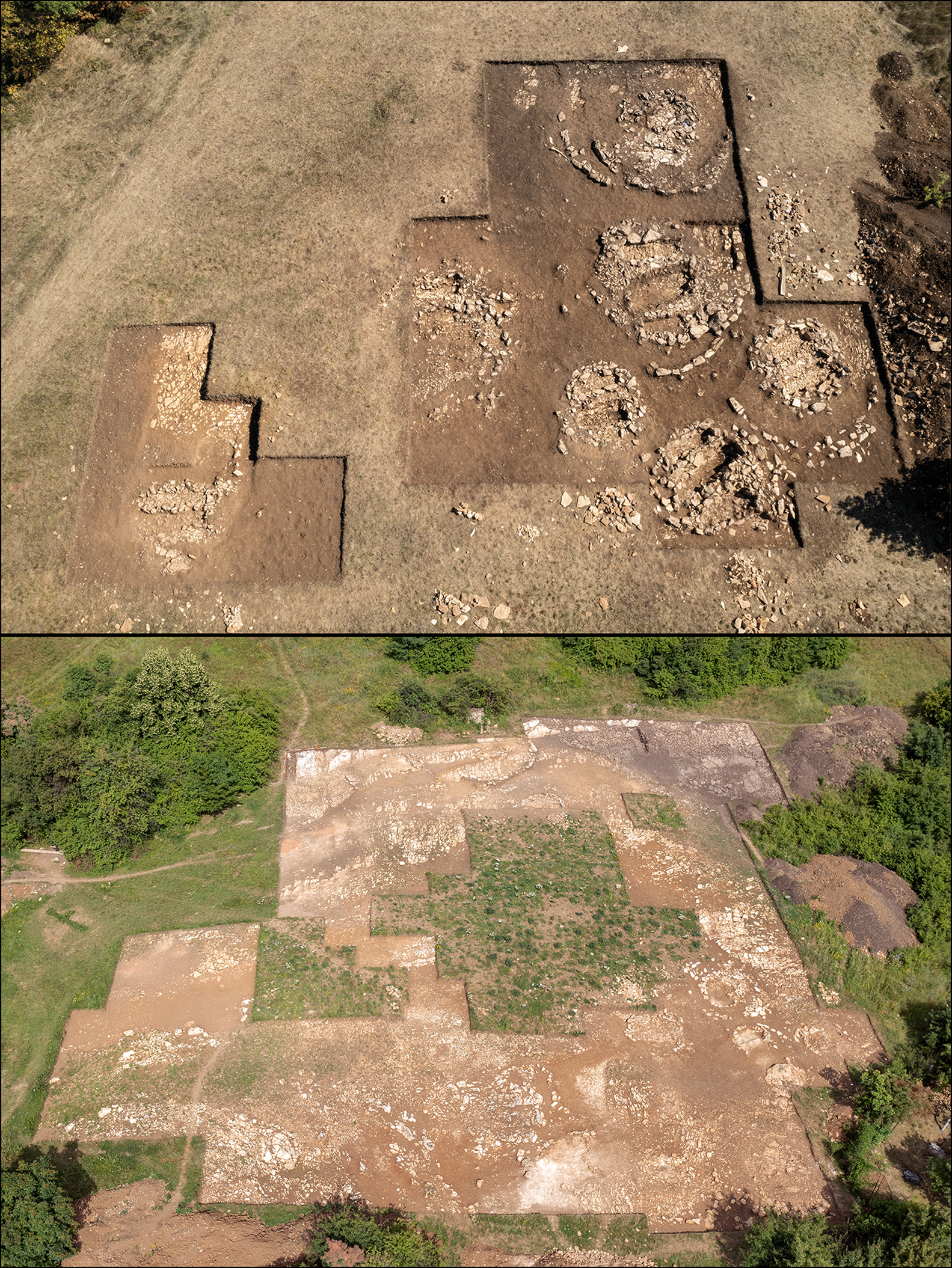
Figure 3. Plan views of the Kopilo trenches during excavation in 2021 and 2022 (photographs by I.M. Petschko).
Immediately beneath the surface, we encountered circular stone structures with a diameter between 3 and 6m, and an outer semi-spherical ring. Each of the structures contained between one and five inhumation burials. Most of the graves had a carefully arranged pavement made of different-sized stone slabs, while the edges of the graves within the structures were clearly outlined with side rows of larger stones and vertical stone slabs at the head or feet ends (Figures 4 & 5). In some of the graves, a covering made of large, worked stone slabs was also observed. All of the circular stone structures were erected on a thin earth layer just above the bedrock, from which all of the materials for the building of the grave monuments were taken. Altogether, our investigation uncovered 19 circular stone structures in varying states of preservation, containing a total of 46 graves.
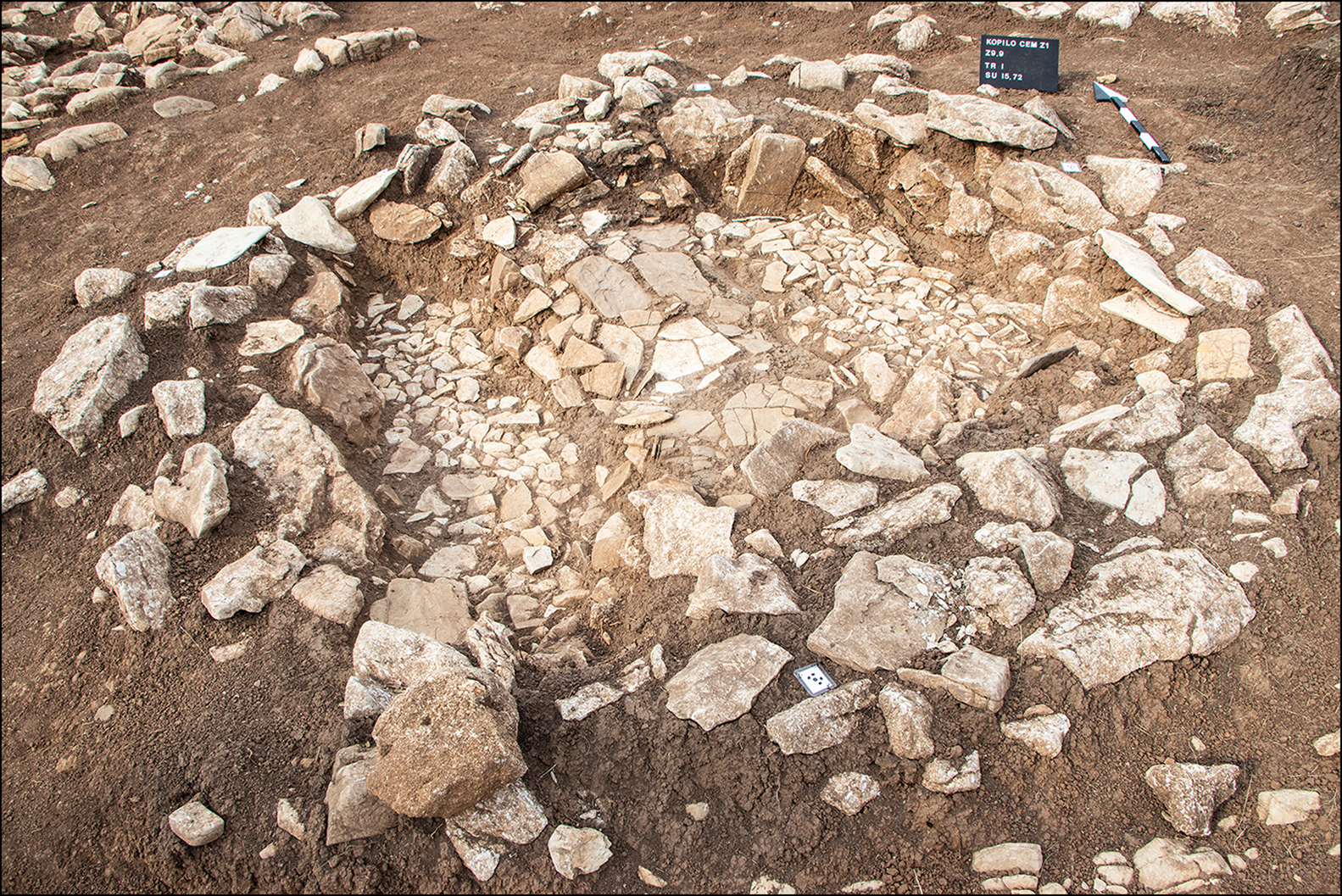
Figure 4. Stone structure SU 15 at Kopilo cemetery, with three distinct grave floors (photograph by M. Gavranović).
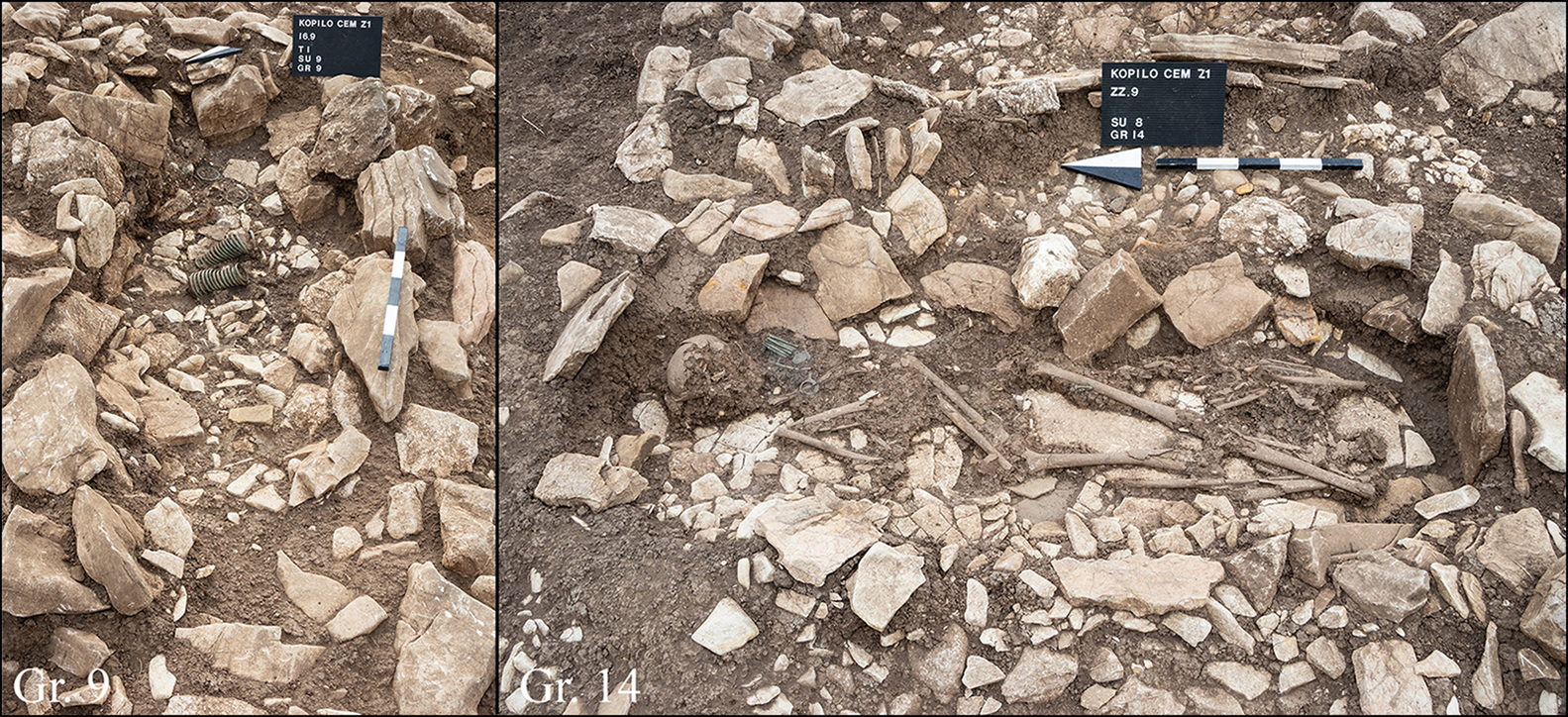
Figure 5. Grave 9 (left) and 14 (right) at Kopilo cemetery (photograph by M. Gavranović).
Burial practices and finds
The graves within each structure had a north–south orientation with minor deviations. In terms of body orientation, both south–north and north–south directions appear, without any recognisable pattern so far identified. The lateral position (i.e. individual placed on their left or right side) prevails, with slightly crouched legs and bent arms. The placing of a small drinking vessel (a cup or a jug) near the head of the deceased seems to be an integral part in some of the ceremonies, with 10 graves having this feature (Figure 6). Double burials with oppositely oriented individuals (Figure 5B), one triple burial (an adult, a child and a new-born) and graves with selected, disarticulated elements (e.g. a child skull in Gr. 2) are all suggestive of complex rituals that, among others, include secondary burials, the reopening of the graves, subsequent interments directly above the existing grave (with a new layer of stone plates) and manipulation of decomposed bodies within the graves.

Figure 6. Finds from the Kopilo cemetery: one-loop bow fibula (Gr. 6); arm spiral (Gr. 9); cup (Gr. 3); pendant (Gr. 14); three-loop bow fibula (Gr. 1); beaker (Gr. 11). Scales in cm (photographs by N. Mittermair).
The assemblage of metal ornaments provides the first information about the cemetery's chronology and hints at the social background of the interred. The one-loop bow fibula from Grave 6 is typical of the eleventh/tenth century BC in the Balkans, with several local variants (Figure 6: Gr. 6) (Vasić Reference Vasić1999). A distinct local component of the eighth century BC is a three-loop bow fibula (Figure 6: Gr. 1), examples of which are found only at Kopilo (three specimens) and two other sites in the Zenica Basin (Gavranović Reference Gavranović2007). On the other hand, the pendant from Grave 14 (Figure 6) suggests wide-ranging communication, with most analogies coming from eighth/seventh century BC contexts in the Lower Danube area and northern Greece (Pabst Reference Pabst2007: 615). There are also several richly furnished graves with abundant jewellery sets, comprising spiral arm rings, temple and neck rings, composite pendant sets, belt buckles, glass beads and a small vessel (Figure 5).
Biological anthropology
In general, the skeletons were poorly preserved, with most having less than 25 per cent present. All age groups are represented among the 53 identified individuals, from a newborn to one individual older than 60 years. Based on morphological traits, sex estimation was possible in only a small number of individuals, while the rest will be determined by future genetic analyses. The relatively high proportion of subadults (infans I–II) indicates increased mortality in this age group. Of note is one stone structure containing exclusively child burials in three graves. Identified pathological conditions across the population include caries, metabolic diseases due to vitamin C or D deficiency, enamel hypoplasia and maxillary sinusitis. Furthermore, two male individuals exhibited pathological changes affecting the vertebral column, one of them showing fusion of the entire thoracic spine.
Conclusion and future steps
The finds from Kopilo and the unique structure of the cemetery within South-east Europe will have an immediate impact on the understanding of prehistoric mortuary practices in this region. Potential familial relationships between individuals from one grave (i.e. double burial) or from within single circular structures, and in the cemetery in general, will be revealed with future genetic studies, while a number of well-preserved teeth will enable strontium isotope analyses that could indicate the migration history of certain individuals. In addition to specific finds, radiocarbon dating will support the establishment of the chronological frame, although the fact that some of the dates will hit the Hallstatt plateau presents a challenge (Rose et al. Reference Rose, Müller-Scheeßel, Meadows and Hamann2022). Residue analyses of the small drinking vessel could illuminate burial practices. The metal finds will be subject of archaeometallurgical analyses to determine composition of alloys and provenance of copper raw material (Gavranović et al. Reference Gavranović2022). The results of our research and upcoming analytic data will help to elucidate the transition from the Bronze to Iron Age in the wider European context, especially with a focus on Balkan communities that persisted in practicing inhumation burial.
Funding statement
The project was supported by the Austrian Archaeological Institute, Austrian Academy of Sciences.




